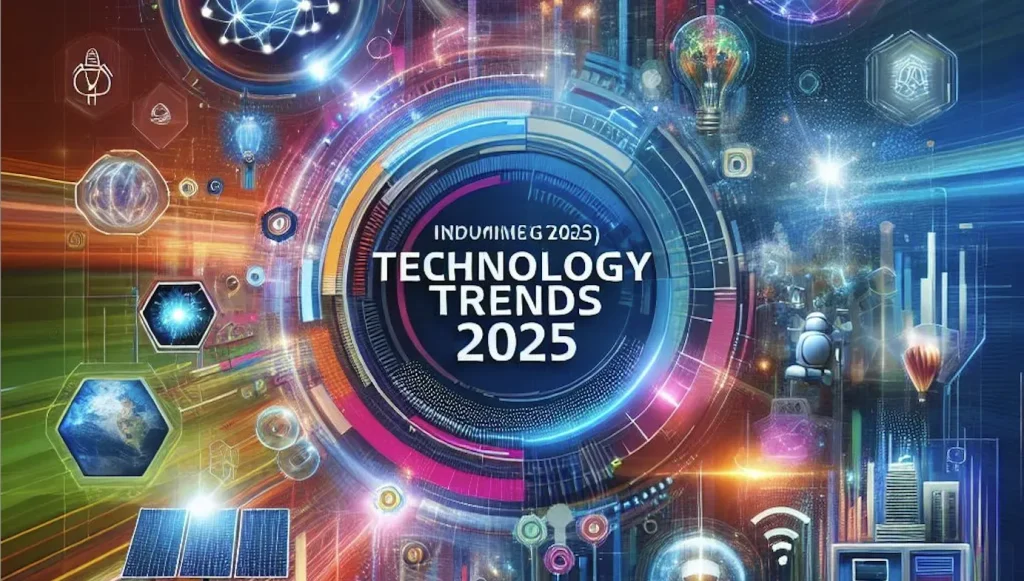Sustainable technology is reshaping how we design, build, and consume, guiding choices that protect the planet while delivering real value. From energy-efficient buildings to green technology and eco-friendly innovations, the approach blends performance with stewardship. By embracing renewable energy technology alongside circular economy technology, organizations can reduce waste, cut costs, and strengthen resilience. This shift also supports carbon footprint reduction by optimizing processes, materials, and supply chains across industries. As adoption grows, this framework emphasizes practical design, shared value, and measurable environmental benefits.
Alt terms like eco-conscious technology and sustainable engineering highlight how efficiency, innovation, and responsibility converge. You can also frame this as green growth technologies, low-emission systems, and resource-efficient solutions that reduce environmental impact. Ideas around decarbonization, circular practices, and waste-minimization describe similar ambitions from different angles. By linking energy savings, resilient supply chains, and data-driven optimization, these terms sketch a consistent picture of progress. In practice, organizations blend smart materials, cleaner production, and smarter infrastructure to achieve measurable environmental benefits.
Sustainable technology: Frameworks for cleaner industries and resilient systems
Sustainable technology acts as a framework for cleaner industries and more resilient systems. It integrates energy efficiency upgrades, a transition to renewable energy technology, and material innovations with data-driven optimization to reduce environmental impact while delivering social and economic value. In practice, this means adopting green technology and eco-friendly innovations that can scale across facilities, supply chains, and communities.
Adopting sustainable technology means aligning operations with core pillars such as energy efficiency, renewable energy technology, circular economy technology, and real-time analytics. When organizations combine these elements, they can lower energy consumption, cut emissions, and advance carbon footprint reduction across facilities and networks. This holistic approach moves beyond a single solution to a layered strategy that powers sustainable growth with measurable outcomes.
The Foundations of Sustainable Technology: Pillars that drive efficiency and innovation
The foundations rest on energy efficiency, the shift to renewable energy technology, material innovation, circular economy technology, and data-driven decision-making. These interrelated pillars reduce resource intensity and enable smarter operations across buildings, manufacturing, and mobility. Green technology and eco-friendly innovations provide practical manifestations of these concepts in everyday practice.
In practice, organizations blend these pillars to optimize processes and supply chains. The combined effect is improved energy performance, reduced waste, and measurable emissions reductions, creating a compelling business case for ongoing investment and continuous improvement, with a focus on carbon footprint reduction as a tangible KPI.
Green technology in buildings and cities: From insulation to smart grids
Buildings and cities are ideal proving grounds for sustainable technology, with high-performance insulation, energy-efficient HVAC, smart lighting, and building management systems that cut energy use and improve indoor air quality. Green technology in construction now includes low-carbon cement, recycled-content materials, and modular approaches that shrink embodied energy while accelerating delivery.
In urban planning, smart grids, demand-response programs, and microgrids enable more sustainable electrification of transport and industry. Eco-friendly innovations help utilities and developers coordinate generation and consumption, delivering resilience and lower pollution in dense urban environments.
Circular economy technology in manufacturing: Design for reuse and waste minimization
Manufacturing benefits from circular economy technology that designs for reuse and remanufacturing, supported by modular components and scalable recycling streams. These approaches extend product lifecycles, reduce material waste, and enable more predictable material supply while lowering environmental impact.
Energy recovery, waste heat capture, and process optimization technologies further reduce energy intensity and emissions. Companies embracing eco-friendly innovations often see lower operating costs, steadier supply chains, and improved brand credibility tied to sustainable production.
Renewable energy technology and clean transport: Electrification and storage
The move to renewable energy technology drives cleaner power for industry and households, with solar, wind, hydro, and storage solutions sharpening resilience and cost stability. In mobility, electric vehicles, hydrogen fuel cells, and lightweight materials are reshaping transportation, supported by sustainable energy sourcing and grid-ready infrastructures.
Efficient public transit, last-mile electrification, and smart charging networks reduce urban emissions while maintaining performance. Coupled with logistics optimization and route planning, these technologies minimize fuel use and carbon intensity across the supply chain.
Measuring progress with data: Carbon footprint reduction and performance analytics
Data-driven decision-making, sensors, AI, and digital twins enable precise tracking of energy use, emissions, and resource flows. This descriptive and predictive analytics approach supports continuous improvement and helps organizations quantify progress toward sustainability goals with clear indicators of carbon footprint reduction.
Beyond environmental impact, the business case for sustainable technology strengthens as resilience, regulatory compliance, and customer trust grow. By aligning with green technology and eco-friendly innovations, firms can monetize sustainability—while fostering innovation in renewable energy technology, circular economy technology, and related areas.
Frequently Asked Questions
What is sustainable technology and how can it drive carbon footprint reduction?
Sustainable technology is a holistic approach to design and operations that reduces environmental impact while delivering social and economic value. It combines energy efficiency, renewable energy technology, and circular economy technology to lower emissions and resource use. Practically, upgrading insulation, deploying efficient equipment, and using data‑driven optimization can cut energy waste and contribute to carbon footprint reduction.
How does green technology integrate with renewable energy technology to reduce emissions?
Green technology encompasses eco‑friendly innovations that improve efficiency and resource use. When paired with renewable energy technology, it enables cleaner generation, storage, and grid optimization, accelerating emissions reductions and cost savings.
What eco-friendly innovations in buildings are part of sustainable technology?
Eco‑friendly innovations in buildings include high‑performance insulation, heat pumps, energy‑efficient HVAC, smart lighting, and building management systems that reduce energy use and improve indoor air quality.
What is circular economy technology and how does it extend product lifecycles?
Circular economy technology focuses on design for reuse and remanufacturing, modular components, and scalable recycling streams, closing the materials loop. It lowers waste and embodied carbon while creating new business models.
How can a company measure the impact of sustainable technology on energy efficiency and cost savings?
By tracking key metrics such as energy intensity, total energy bills, waste reductions, asset utilization, and ROI. Pilot projects help validate economics before scaling and dashboards enable ongoing decision‑making.
What are the main barriers to deploying renewable energy technology as part of sustainable technology, and how can organizations overcome them?
Barriers include upfront capital costs, skills gaps, and regulatory uncertainty. Overcome them with pilots, incentives and depreciation benefits, training programs, and cross‑sector collaboration to share knowledge, especially in renewable energy technology deployments.
| Topic | Key Points |
|---|---|
| Foundations of Sustainable Technology |
|
| Green Technology & Eco-friendly Innovations |
Green technology and eco-friendly innovations are the everyday face of sustainable technology, from better insulation and heat pumps to low-emission manufacturing, water-efficient tech, and sustainable transportation. The common thread is delivering value with a lighter environmental footprint through integrated tools and strategies. |
| Applications Across Sectors |
Buildings and Cities: high-performance insulation, energy-efficient HVAC, smart lighting, building management systems; Construction/Manufacturing: low-carbon cement, recycled-content materials, modular construction; Urban Planning: smart grids, demand-response, microgrids for sustainable electrification. Manufacturing: circular economy tech, design for reuse/remanufacturing, modular components, scalable recycling; energy recovery and process optimization reduce energy intensity and emissions. Transportation: EVs, hydrogen, lightweight materials; efficient public transit, last-mile electrification, smart charging; logistics optimization and route planning reduce fuel use and carbon footprint. Agriculture/Water/Nature: precision agriculture, smart irrigation, water-efficient tech, monitoring for biodiversity and resilience. |
| The Business Case for Sustainable Technology |
|
| Challenges & Barriers to Adoption |
|
| The Future of Sustainable Technology |
|
Summary
Sustainable technology integrates energy efficiency, renewable energy technology, circular economy technology, and data-driven optimization to reduce environmental impact while delivering social and economic value. It spans buildings, manufacturing, transportation, agriculture, and governance, with green technology and eco-friendly innovations driving practical solutions. The ongoing evolution hinges on collaboration, policy support, and continuous innovation to accelerate carbon footprint reduction and build resilient, sustainable systems.


